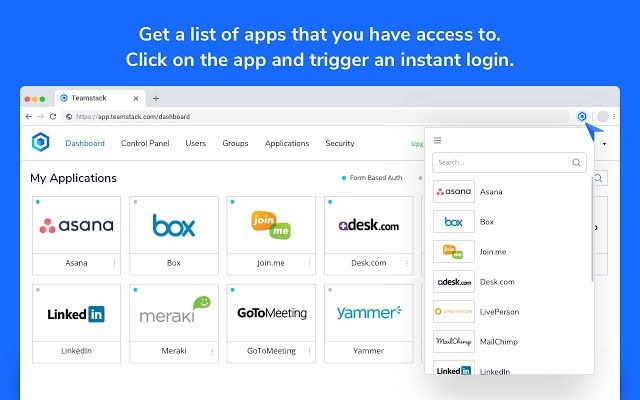The app landscape is constantly changing and Google tries to keep the Play Store evolving to match it. The company is announcing a number of policy changes for Google Play that cover things such as location access, subscriptions, and deceptive apps. The changes will be rolling out over the next few months.
Location access is one of the biggest privacy concerns for users. Google has taken steps to make it easier to control which apps have access to location data. Building on the new options in Android 10, Android 11 gives users the option to grant an app “one-time” location access.
In February, Google announced they would require developers to get approval to access background location in their app. This policy is now live, however, Google is extending the timeline to make changes. No action will be taken on new apps until August 2020 and no action will be taken on existing apps until November 2020.
Nest up is more transparent subscriptions. It can sometimes be a little confusing to figure out what exactly you are signing up for. The goal of this new Google Play policy is to make sure users understand subscription terms, free trials, and introductory offers. Developers are urged to be explicit about subscription details.
Users should know if a subscription is required to use all or parts of the app, and if a subscription isn’t required, it should be easy to dismiss the offers. Price and billing cycle should be clearly stated as well. Free trials and introductory offers need to tell users the duration, pricing, what’s included, when the trial will end, and how to cancel. Developers have until June 16, 2020 to comply with this policy.
Furthermore, Google has made some platform-level product changes to increase user trust without additional work from developers. The Google Play checkout cart has been updated to increase transparency. Users are emailed before a free trial or intro price ends and also when 3, 6, or 12-month plan renewals are coming up. Subscribers will be notified that uninstalling an app does not cancel the subscription.
All of these Google Play policy changes should make it easier for users to decide which apps get location access and understand what they’re signing up for. Deceptive apps come in many shapes and sizes, so it’s great to have these policies to weed them out.
The post Google Play announces policy changes on location access, subscriptions, and deceptive apps appeared first on xda-developers.
from xda-developers https://ift.tt/3bgxKCP
via IFTTT






